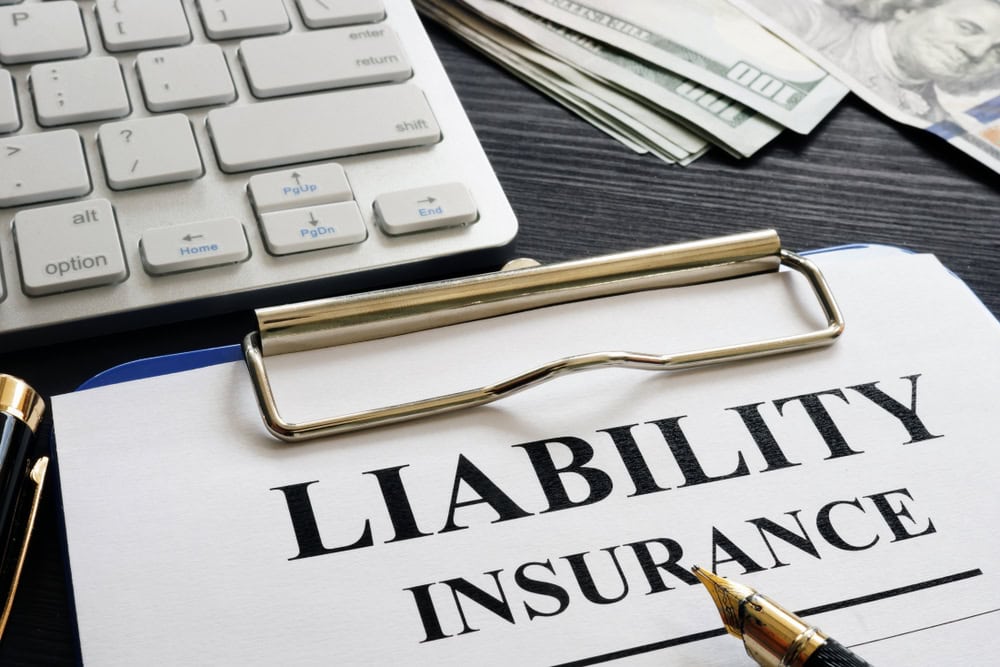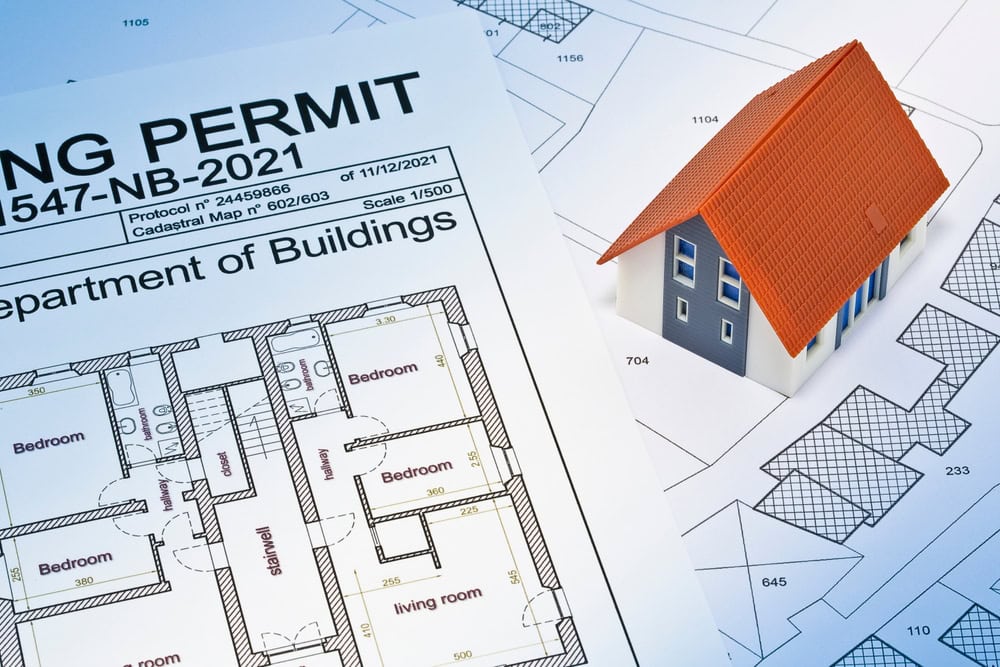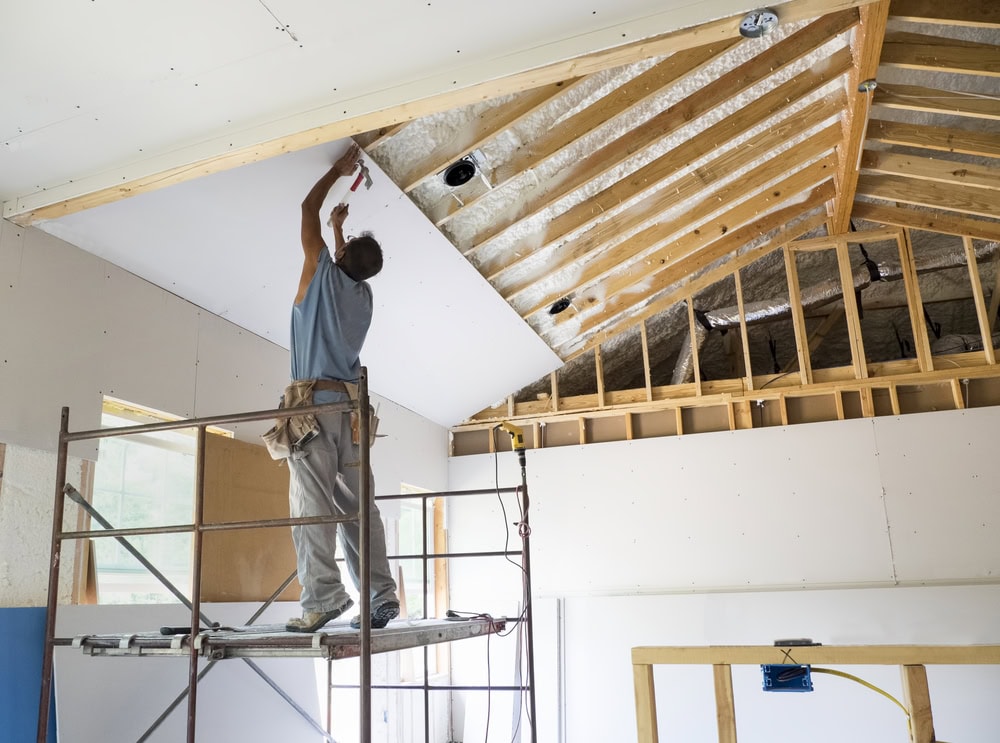Most Common Home Renovation Projects in California
Home beautification is always thriving in sunny California. Maybe you just saw a project on TV or on social media and you’re feeling inspired to take it on. Or maybe you’re someone working hard to increase the property value of your home. Whatever the case may be, you’re thinking about making some home updates. To … Read more










